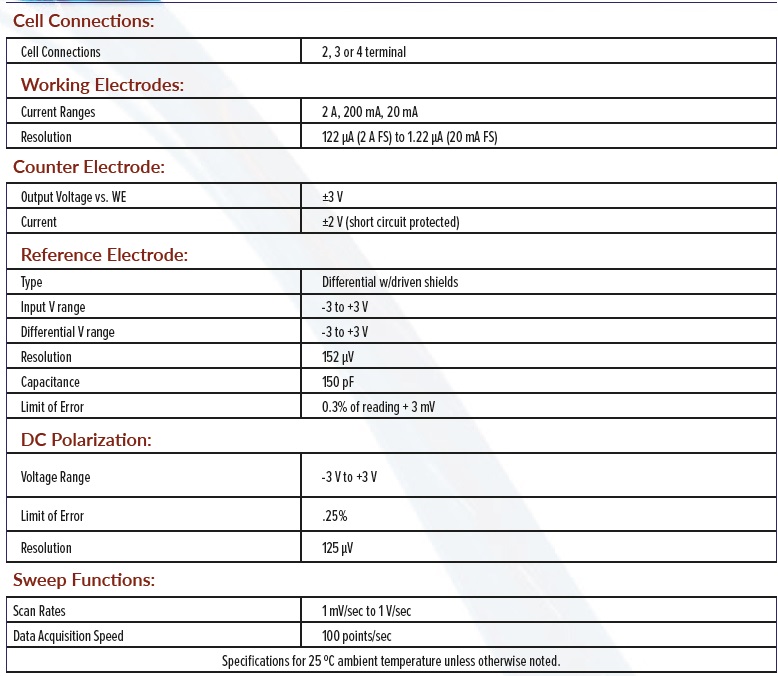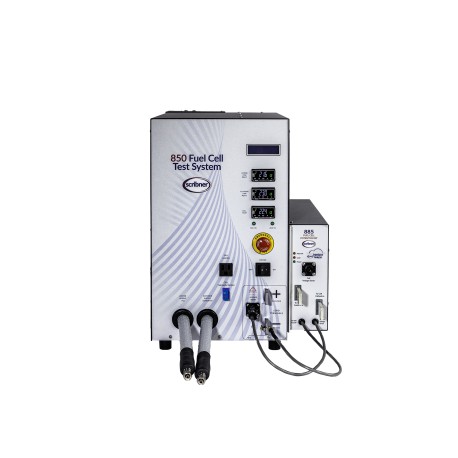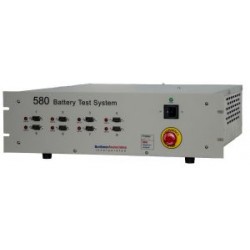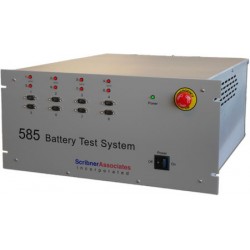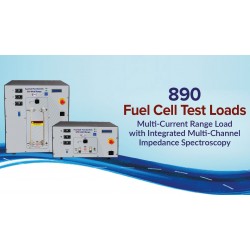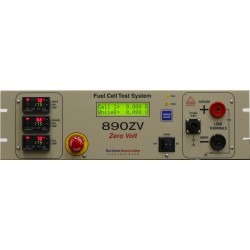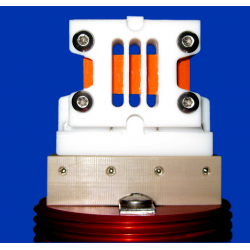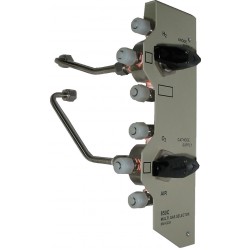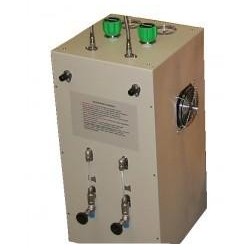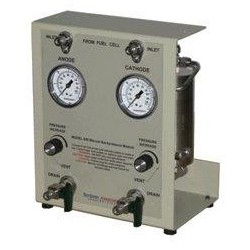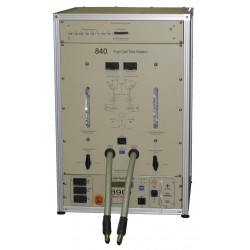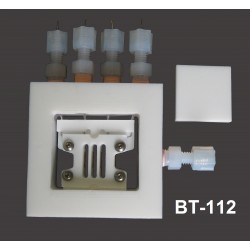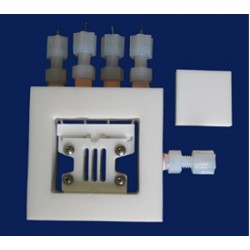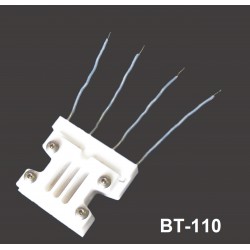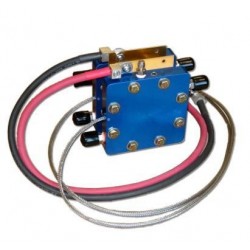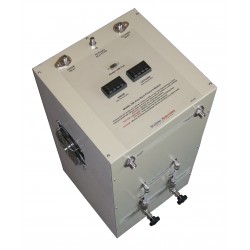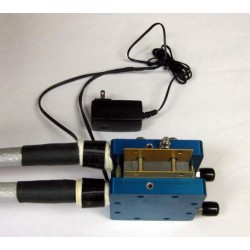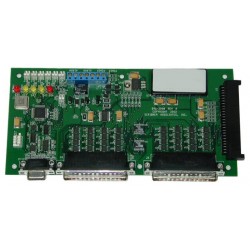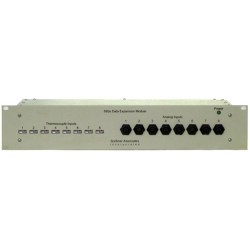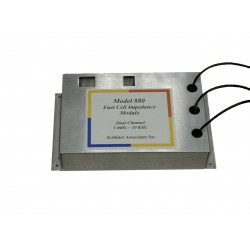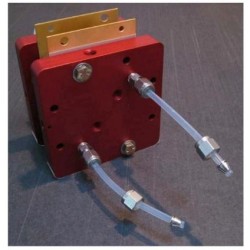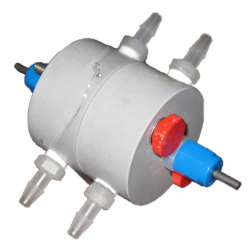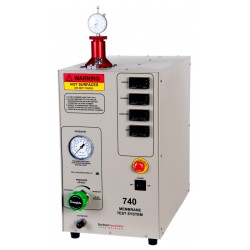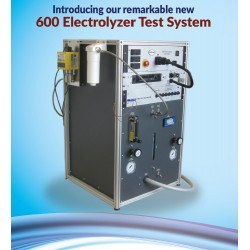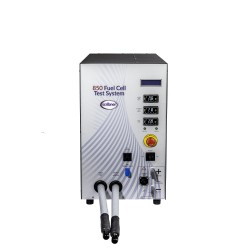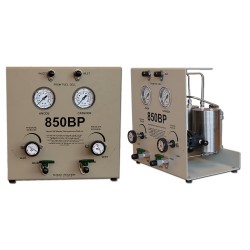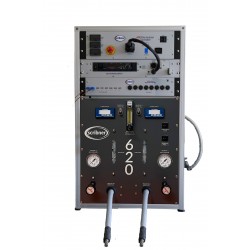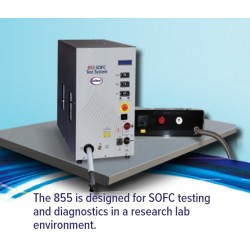No products
Prices are tax excluded
Product successfully added to your shopping cart
There are 0 items in your cart. There is 1 item in your cart.
885 Fuel Cell Potentiostat
885
New
- Scribner extends its groundbreaking line of tabletop fuel cell testing equipment with the 885 Fuel Cell Potentiostat.
- The 885 bolts directly to Scribner’s 850 Multi-Range Fuel Cell Test Systems or 890 / 890C / 890ZV Fuel Cell Test Loads (different form-factors), offering an easy, efficient testing platform while delivering real results with Scribner Associates’ fuel cell test systems.
- More info about this product.
- Remove this product from my favorite's list.
- Add this product to my list of favorites.
Integrated potentiostat for 840/850/855, series fuel cell test systems / 890 series fuel cell test loads
3 current ranges for maximum flexibility and current accuracy (20 mA, 200 mA, 2 A)
ZView® included for EIS data analysis
Sweep function for CV and LSV measurements
Automated switching between load and potentiostat operation
Combine with 850 Auto Multigas unit for automatic switching between normal fuel cell operation and diagnostic mode (CV / LSV
Run automated experiments inside FuelCell®
No need to swap cell leads to use potentiostat functions
Voltammetry for in situ fuel crossing and electrochemical surface measurement
Potentiostatic mode for catalyst and electrode support durability test
Fine current resolution for high precision Tafel experiments
Quick and easy installation
Data analysis with FCView® and CViewTM
Optional FRA for EIS measurements (1mHz to 40kHz)
Figure 1: PEM fuel cell hydrogen crossover acquired by linear scanning voltammetry using the Scribner 885 fuel cell potentiostat (red) and a commercial potentiostat (black). The small drop in current close to 0.4 VRE is a characteristic of the fuel cell. Test conditions given in the figure.

Figure 2: PEM fuel cell cyclic voltammetry data using the Scribner 885 Fuel Cell Potentiostat (red) and a commercial potentiostat (black). Cyclic voltammetry is used for in situ electrochemical active surface area characterization of PEM fuel cell electrodes. Conditions given in the figure.

